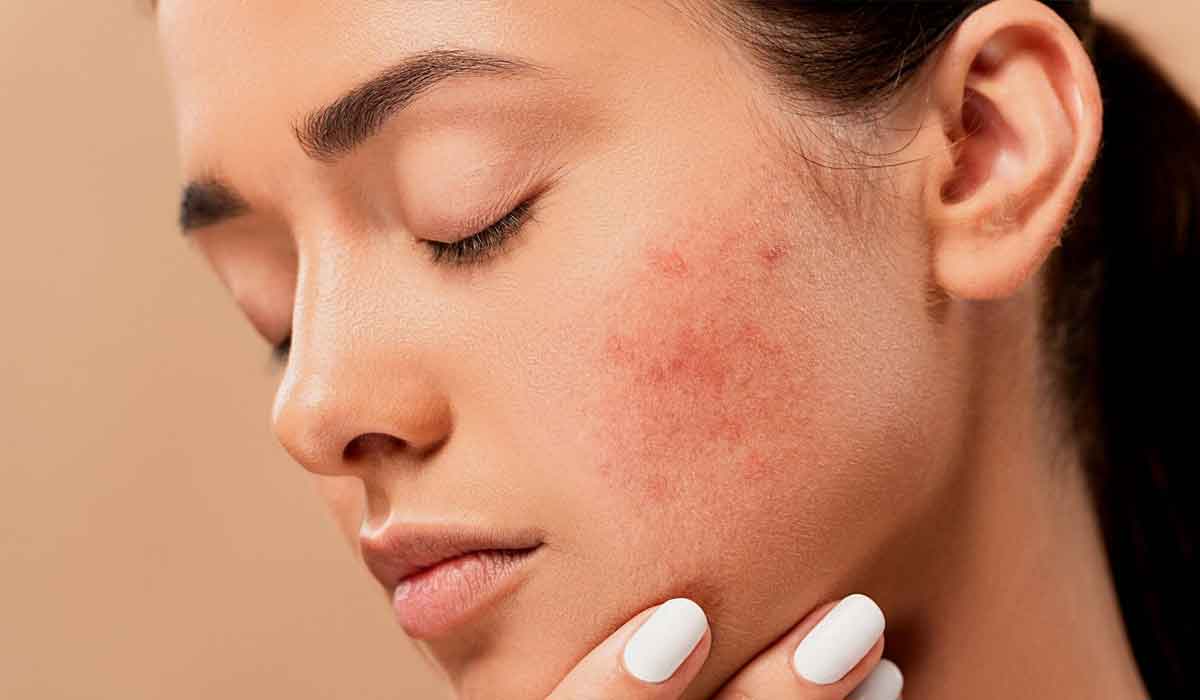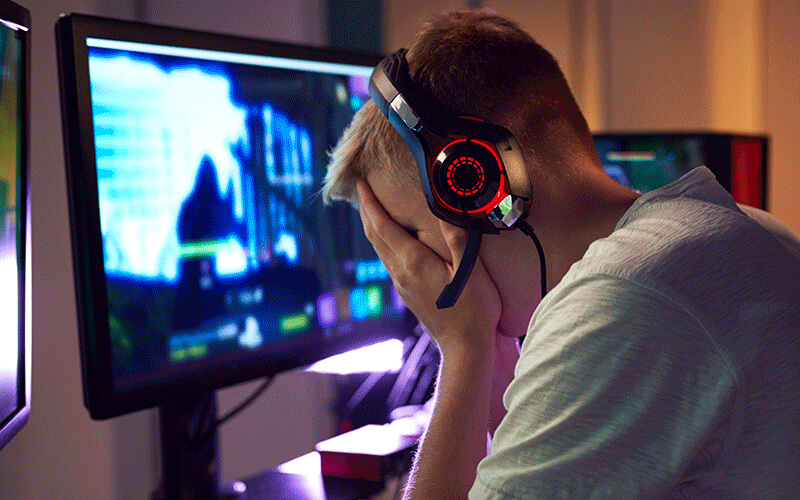Skin discoloration occurs due to the formation and accumulation of melanin pigment in it. The main mission of this pigment is to create a kind of barrier around skin cells that scatters dangerous UVB rays.
Sometimes the processes of production and distribution of melanin in the skin are disrupted (not only under the influence of sunlight), and dark spots appear on the skin. Dermatologists call this phenomenon hyperpigmentation. We will discuss everything you need to know about skin pigmentation in this article.
Table of Contents
Reasons For The Appearance Of Age Spots
Here are some reasons that lead to the appearance of age spots.
1. Excessive Exposure To Ultraviolet Radiation
Ultraviolet light irritates melanocytes (cells that produce melanin), and they begin to produce just enough melanin to protect the skin, covering it with an even tan. But if you overdo it with a solarium or the sun, the mechanisms get disrupted. Thus, do not stay under the sun for a longer period.
2. Consuming Alcohol In Excessive Amount
Drinking alcohol in abundance is harmful to the skin and leads to several problems. When a person drinks alcohol regularly, the toxins start to accumulate in deeper layers of the skin, causing redness, puffiness, premature aging, and the appearance of spots. Those ladies who want to have beautiful and young skin must try to give up the habit of drinking alcohol.
The effects of alcohol abuse can be devastating for the whole body; thus, consult a specialist to help you overcome it. Besides, you do not need to worry about the expenses of getting treatment as there are several payment options and plans to help people deal with addiction. Getting such treatment will also improve the condition of your skin.
3. Skin Trauma Or Secondary Hyperpigmentation
It occurs on damaged areas of the skin during sunburn. The body believes that such areas need more protection than healthy skin, so the melanocytes in this area go into a mode of maximum activity.
A combed knee, a hand burnt on the oven, and even a squeezed pimple on the face after a walk in the sun will darken more intensely than other areas. And such post-traumatic pigmentation will persist for a long time.
4. Hormonal Changes
Melanin production is also regulated by hormones. Pregnancy, menopause, taking hormonal contraceptives, as well as some endocrine diseases can provoke the appearance of age spots on the face and body.
5. Age
Over the years, the skin becomes thinner, and melanocytes in some of its areas are almost at the very surface. And if earlier melanin was produced deeply and was not very noticeable, then with age, it begins to shine through under thin skin.
6. Out Of Season Selected Beauty Treatments
Some procedures are strictly prohibited during the period of the active sun: chemical peelings, plastic surgery, microdermabrasion, resurfacing, and laser hair removal of open areas. You can get facial cleansing, injections, and laser hair removal of closed areas in the summer.
But after and before them, you need to refrain from sunbathing for a while and use a cream with SPF. If you do not follow the recommendations for care after the procedure, there is a risk of post-traumatic hyperpigmentation.
7. Malfunctions Of Internal Organs
The appearance of age spots can be a distress signal from the organs of the gastrointestinal tract. Especially often, age spots accompany those who suffer from chronic gastritis, stones, and various forms of hepatitis. Lack of vitamins A, C, E, minerals (selenium, zinc), amino acids (tryptophan, tyrosine), and intoxication of the body can also lead to malfunction of melanocytes.

Types And Treatments
Here are some types of hyperpigmentation and ways to treat them.
1. Freckles
This is the most common type of hyperpigmentation. Now it is a trend; girls who do not have freckles from birth draw them with a pencil or even apply them with the help of tattooing. But if freckles look cute, then other pigmented formations do not bring much joy.
Treatment: Try using sunscreen, topical fading cream, or get laser treatment
2. Post-Inflammatory Hyperpigmentation
Such a reaction occurs after prohibited cosmetic procedures or sunburn with skin lesions (scratches, burns, inflammation, etc.) performed during the active sun period without SPF cream. People with darker skin tend to develop this pigment.
Treatment: Skin brightening agents, chemical peels, laser, and IPL therapy.
3. Age-Related Dyschromia
Dyschromia can occur with age, even if a person does not tan and protects the skin from ultraviolet radiation. Usually, it takes the form of symmetrical extensive pigment spots with blurred outlines in the areas of the cheekbones, cheeks, and forehead. It makes the tone of the entire skin uneven.
Treatment: Skin lightening agents, antioxidants, microdermabrasion, chemical peels, IPL therapy, and mesotherapy.
4. Periorbital Hyperpigmentation
It is the symmetrical darkening of the skin around the eyes. It can evenly cover the upper and lower eyelid area and even spread to the cheekbones. This discoloration of the skin is most often inherited and exacerbated by the factors listed above.
Treatment: Skin lightening agents, chemical peels, IPL therapy, mesotherapy, and fillers.
5. Melasma
These are dark brown, well-defined patches that appear almost symmetrically on the face (usually on the forehead, temples, cheeks, upper lip, or nose). Melasma develops most often in pregnant women (which is why it is called a pregnancy mark) and in women taking oral contraceptives. Melasma is more common and lasts longer in dark-skinned people. The reasons are most often several factors: insolation + endocrine changes + stress.
Treatment: Substances that lighten the skin, chemical peels, IPL therapy, bio-revitalization, mesotherapy. In women, melasma gradually discolors and goes away completely after childbirth or discontinuation of hormonal drugs. In men, melasma rarely fades.
Summing Up
The first thing to do before removing pigmentation is to find out its cause. Without this, almost any treatment will be ineffective. Remember that the treatments are selected based on the origin of the pigmentation. Thus, do not be surprised if a beautician sends you to a gastrologist or endocrinologist.
When you eliminate the internal cause, the age spots will go away. And be patient – removing pigmentation is a long and time-consuming task. At the same time, there is no guarantee that it will be possible to completely get rid of stains. The only good news is that age spots do not pose any danger to health or the body but only cause psychological discomfort.




